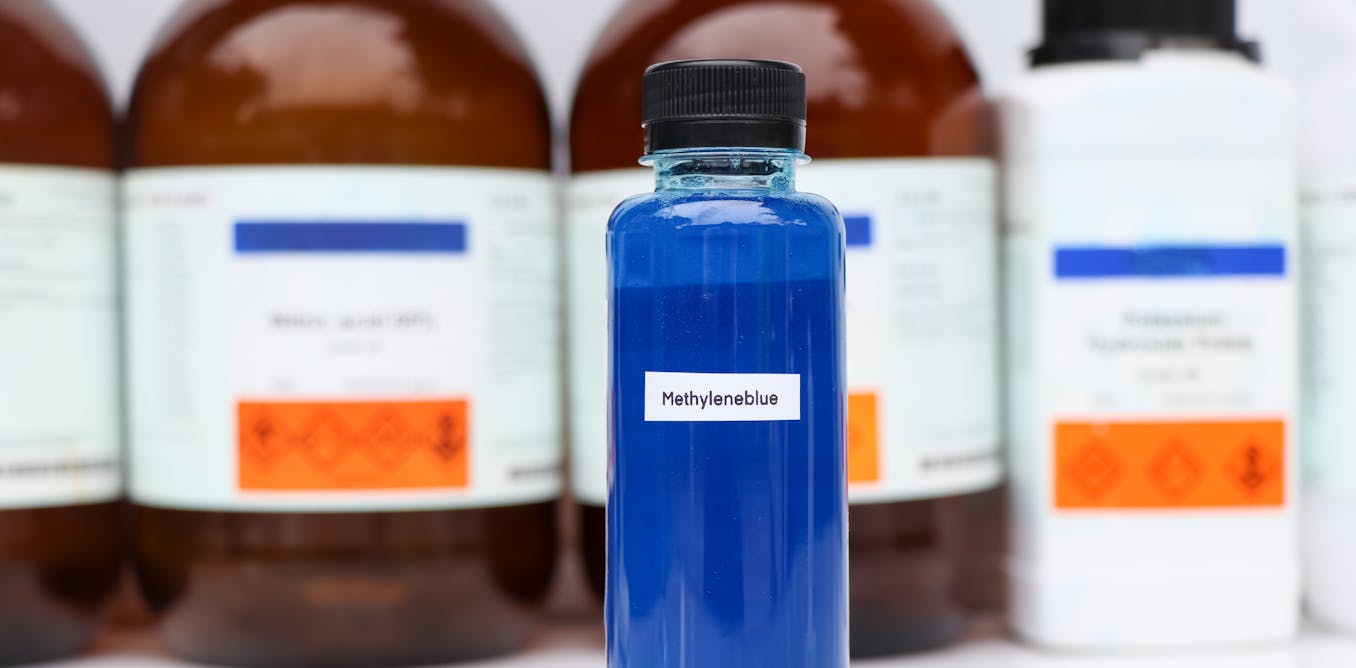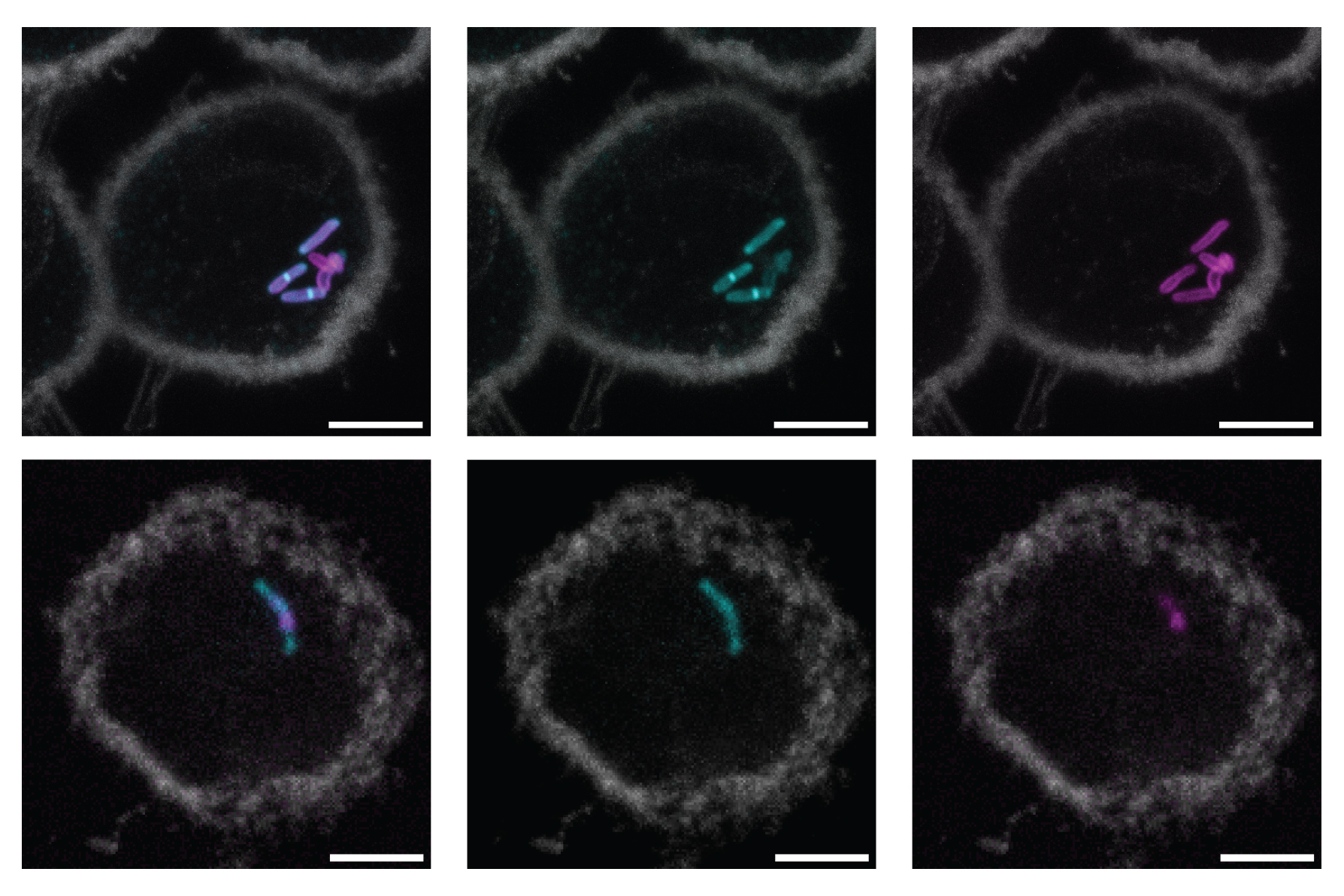Uranium enrichment: A chemist explains how the surprisingly common element is processed to power reactors and weapons
Uranium enrichment concentrates one specific type of the atom to create a substance that can generate massive amounts of energy.
June 26, 2025 • ~6 min










